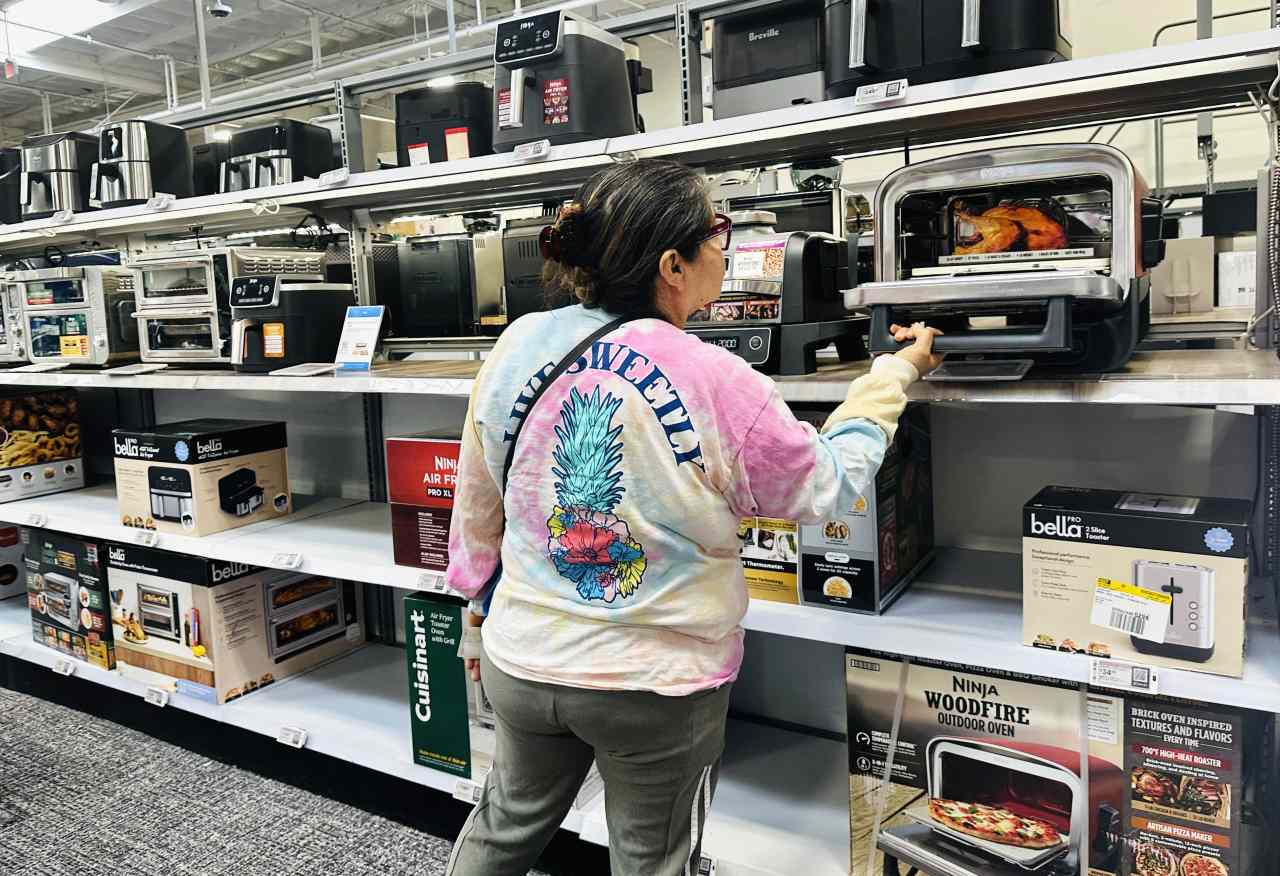U.S. customers considerably decreased spending at retailers in Might 2025, with retail gross sales rising solely 0.1% month-over-month, a pointy slowdown from the 0.7% improve in April, in line with the Commerce Division. Core retail gross sales, excluding fuel and autos, fell 0.2%, signaling rising shopper warning amid fears of escalating commerce wars. The College of Michigan’s shopper sentiment index dropped to 50.8 in Might, the second-lowest in its practically 75-year historical past, reflecting widespread nervousness over tariff-driven worth hikes and financial uncertainty.
The continued U.S.-China commerce struggle, marked by a brief discount of tariffs from 145% to 30% on Chinese language items and a ten% baseline tariff on all imports, has disrupted provide chains and raised prices. Retailers like Walmart and Goal reported worth will increase and decreased gross sales projections, with Goal noting a sharper-than-expected gross sales drop in Q1 2025. Customers, anticipating larger costs, front-loaded purchases in March and April, resulting in stock stockpiling, however this has not prevented shortages in classes like toys, attire, and price range house items.
Economists warn that tariffs might lower shopper spending by $123 billion yearly and scale back U.S. financial output by $69 billion, with common family prices rising by $1,200-$3,800 per 12 months. The closure of the de minimis tax loophole on Might 2, 2025, has additional strained retailers like Shein and Temu, which depend on low-cost Chinese language imports, pushing costs larger for shoppers. Posts on X spotlight a shift towards “buying and selling down,” with customers choosing secondhand items or cheaper alternate options, particularly in attire and electronics.
Regardless of a brief tariff pause till early July, uncertainty persists, with retailers dealing with margin pressures and potential bankruptcies amongst these with excessive debt. The Nationwide Retail Federation notes that whereas front-loading mitigated some shortages, cargo volumes are anticipated to say no, risking empty cabinets by the back-to-school season. Economists predict inflation might rise to 4.4% long-term, additional dampening shopper confidence and spending.
The commerce struggle’s ripple results, mixed with a slowing job market and chronic inflation, proceed to pull on the U.S. economic system, with shopper spending—a key driver of 70% of GDP—exhibiting indicators of sustained weak point.
